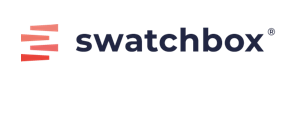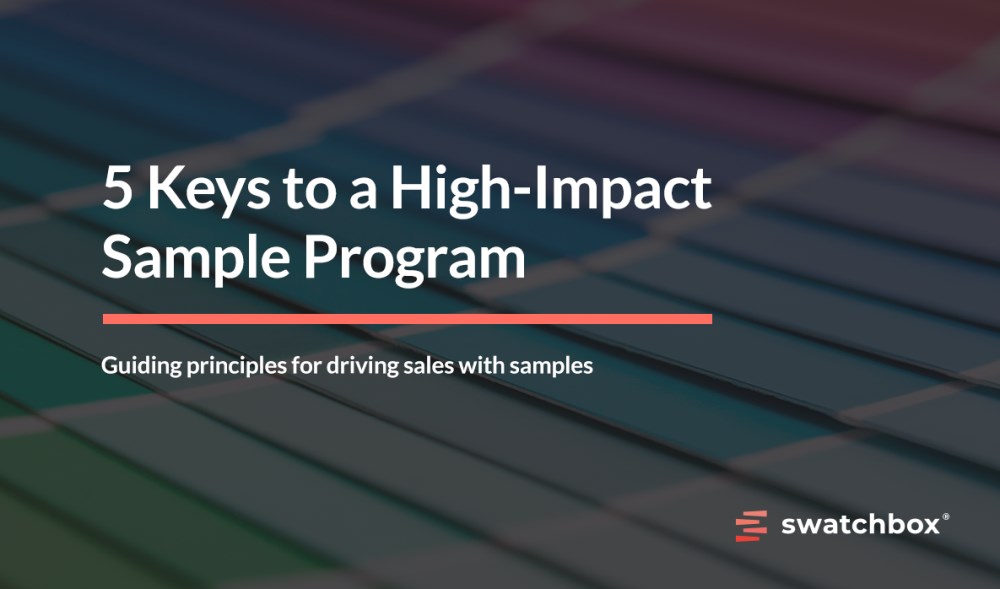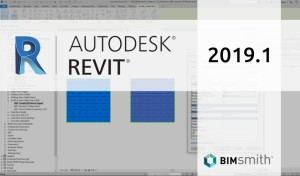At Swatchbox, we help building material companies craft exceptional sample programs for architects, designers, and other construction professionals. From our own experience, if you are a building product manufacturer interested in optimizing your sample program, there are five key tasks you will need to undertake to accomplish your goal.
Building Materials Are Different
Before we dive into the five aspects of a high-impact sample strategy, we need to pause to recognize some of the uniqueness of the building product market.
The building materials marketing funnel is different than perhaps any other industry in the world.
If you're a manufacturer, not only are the end-users of your products (residents, tenants, etc.) typically not your customer, but the people who quite often choose to use your products on their merit (architects, designers, etc.) are not typically the ones paying for them. That means that at any point in the sales process, a manufacturer's marketing must cater to architects and designers, contractors, owners, and end-users all at the same time. That's a tall order.
The result of this challenge is only complicated by the reality that many manufacturers' marketing departments are short-handed. Even for the titans of the building materials industry, the reality is often that the weight of the marketing strategy falls on the shoulders of a few talented, but overworked all-stars (if you're reading this, you might be one of them).
While a lean marketing machine can be effective, it places a strain – if not an outright handicap – on certain aspects of building materials marketing that simply take time and effort. One of those aspects is your brand's sample program.
From material sourcing to inventory, packaging, shipping, and other logistics, to the actual marketing/sales collateral that needs to be included, doing this solo is no small task.
However, by no means it is impossible. If you find yourself building or rebuilding a sample program from the ground up, here are 5 guiding principles that might just be your key to pulling it off.
The 5 Steps to a Successful Sample Program
1. Create a Streamlined Sample Inventory System
The crux of any successful sample program is organization. Maintaining an organized inventory of samples sounds simple enough, but is often hampered by three complications: space, systems, and staff.
Space
Unless you offer a very limited selection of SKUs in your catalog (most manufacturers don't), you probably don't have enough space to inventory a suitable quantity of each in your office space. While there may be space in a warehouse, arranging to have a dedicated space to store samples can be a challenge. Furthermore, the space needs to be in close proximity to the marketing team (see #3), which can also be difficult.
Systems
As any retail or wholesaler knows, a business is only as good as its systems for tracking and maintaining accurate data on merchandise. Whether you use a third-party inventory management software or a mega-complicated spreadsheet, find your system and stick to it.
Staff
A common thing we see at Swatchbox is brands who typically "just call down to the warehouse" to get a sample sent. Not only does this not maximize the skillsets of the warehouse team, but it completely removes the line of sight from the marketing and sales teams who should be dealing with prospects. Where there is no staff dedicated to the success of a sample program, it is nearly impossible to achieve accountability and consistency.
2. Develop Dedicated Sample Resources
Running an effective sample program takes time, money, and personnel. Dedicating one person to the task of sample fulfillment isn’t enough. (Opinion: If one person can handle your brand’s entire sample volume, you might need to look into the effectiveness of your marketing instead.)
3. Assign Ownership to the Marketing Department
Too many brands place sample fulfillment under their Sales or Warehouse teams. Both groups have skills and obligations that make samples the least of their concerns. The warehouse team likely has the least concern about the excellence of your sample program. Their performance is judged by other metrics. Your sales team has a vested interest in getting samples out to prospects, but they are unlikely to be equipped to fulfill them effectively, whether due to proximity, time, or both. At the end of the day, sample fulfillment is a brand experience and therefore should be under the close, dedicated supervision of the people who know and care the most for the proper representation of the brand: the marketing team.
4. Form Strategic Sample Partnerships
Packaging, warehousing, and shipping is expensive. Forming B2B partnerships with key industry players like UPS, FedEx, USPS, as well as any number of software providers, are necessary to make your sample program an efficient machine instead of a gluttonous cost center.
5. Develop A Process for Capitalizing on Leads from Sample Requests
At the end of the day, performing all of the above steps only makes a sample program half effective. The real outcome of an excellent sample program is creating and converting leads. It’s difficult to do this if you don’t have an organized process for collecting prospects’ information, disseminating it to the appropriate sales team members, and following up after the request.
Performing all of the above with excellence can be daunting for many brands with limited time and resources. That’s why we started Swatchbox – to make it easy for building material companies to operate best-in-class sample programs. Swatchbox takes care of each step in the sample process:
- – Sample Strategy
– Sample Creation and Fabrication
– Sample Inventory - – Sample Fulfillment
- – Custom Sample Packaging
- – E-commerce plugins for sample requests
- – Analytics and Lead Tracking
Swatchbox brings every step of the sampling process into one central location. If this seems to fit a need for your brand, please reach out.
Otherwise, if you haven’t already, the time to follow the above steps is now. Samples carry a greater risk/reward opportunity than potentially any other touchpoint during a customer’s journey - don’t let it go to waste.
--
 Swatchbox is a premier sample fulfillment service for building product manufacturers. With proprietary software designed by insiders of the design community, Swatchbox helps manufacturers improve product sales and brand affinity by delivering material samples to the design community with speed, intelligence, and style. Learn more and join Swatchbox at www.swatchbox.com.
Swatchbox is a premier sample fulfillment service for building product manufacturers. With proprietary software designed by insiders of the design community, Swatchbox helps manufacturers improve product sales and brand affinity by delivering material samples to the design community with speed, intelligence, and style. Learn more and join Swatchbox at www.swatchbox.com.














